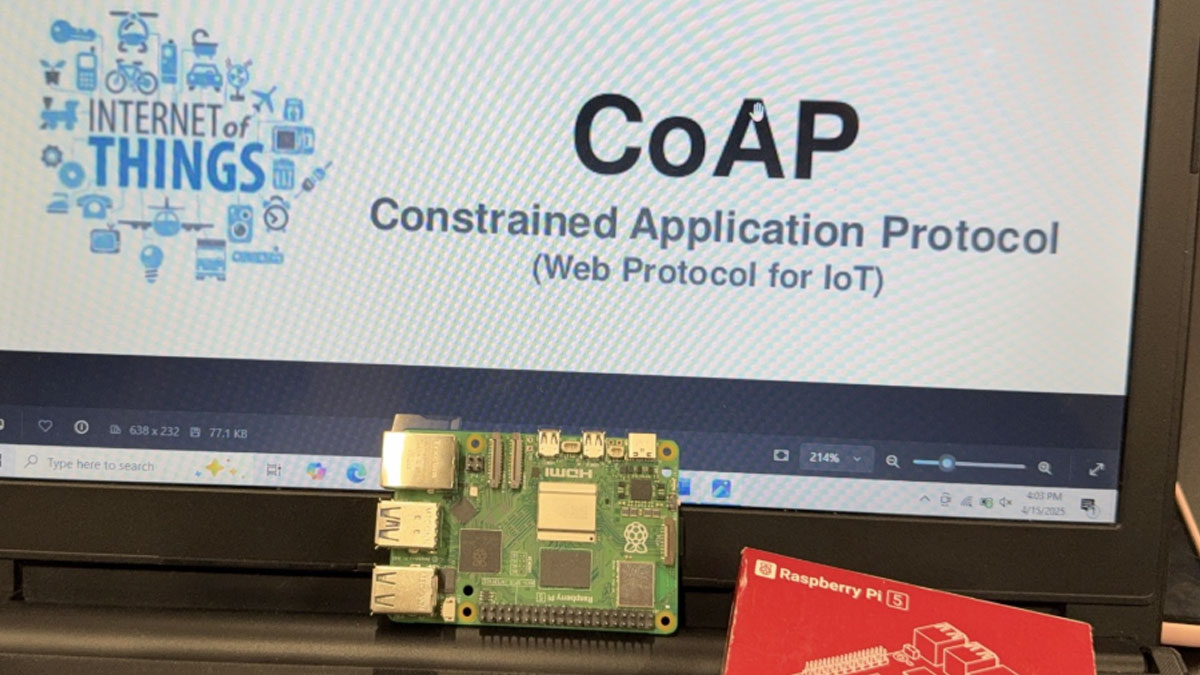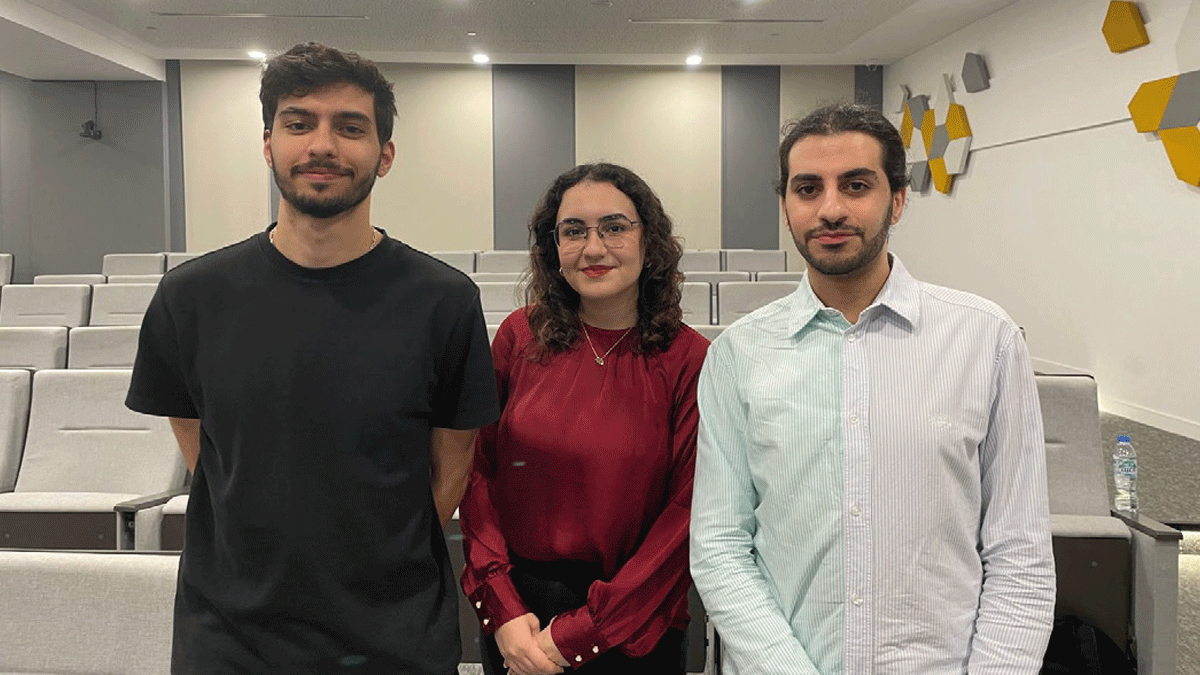
Wesam Almobaideen
Professor of Electrical Engineering and Computing
Wesam Almobaideen
Professor of Electrical Engineering and Computing
Education
Ph.D. from Bologna University, Bologna, Italy; M.Sc. from The University of Jordan, Amman; B.Sc. in computer science from The Muta'h University, Karak, Jordan
Bio
Wesam Almobaideen is a full professor specializing in computer networks and security at Rochester Institute of Technology (RIT) in Dubai. His academic journey includes earning a B.Sc. in computer science, Muta’h University, Karak, Jordan, followed by an M.Sc. degree in computer science, The University of Jordan, Amman, Jordan. Dr. Almobaideen furthered his education by obtaining a Ph.D. from the University of Bologna, Bologna, Italy. Before joining RIT-Dubai, Dr. Almobaideen held various leadership roles at the University of Jordan. He served as the Chairperson of the Department of Computer Science for five years, Director of the Computer Center for three years, Assistant Dean of the Faculty of Graduate Studies, and Director of the Accreditation and Quality Assurance Office.
Dr. Almobaideen's research interests span a broad spectrum of cutting-edge areas, including Computer Networking, Blockchain, Cybersecurity, Internet of Things (IoT), Cloud Computing, and Machine Learning. His contributions to academia are reflected in the publication of more than 60 research papers in reputable conferences and journals. Additionally, Dr. Almobaideen has played a significant role in mentoring and supervising over 60 graduate master's and doctorate students, showcasing his commitment to advancing knowledge and fostering the next generation of scholars in his field.
Select Scholarship
In Journals:
- Orieb AbuAlghanam, Hadeel Alazzam, Wesam Almobaideen, Maha Saadeh, Heba Saadeh, A Novel Key Distribution for Mobile Patient Authentication Inspired by the Federated Learning Concept and Based on the Diffie–Hellman Elliptic Curve, Journal: Sensors, Volume 25, Issue 8, Pages: 2357, 2025.
- Almobaideen, W., Abu Alghanam, O., Abdullah, M. et al. Comprehensive review on machine learning and deep learning techniques for malware detection in android and IoT devices. Int. J. Inf. Secur. 24, 110 (2025). https://doi.org/10.1007/s10207-025-01027-x
- Ola Malkawi, Nadim Obaid, Wesam Almobaideen, Intrusion Detection System for 5G Device-to-Device Communication Technology in Internet of Things, Journal Informatica, Volume 48, Issue 15, 2024.
- C Alex, G Creado, W Almobaideen, OA Alghanam, M Saadeh, A Comprehensive Survey for IoT Security Datasets Taxonomy, Classification and Machine Learning Mechanisms, Computer and Security, Vol. 132, 2023. https://doi.org/10.1016/j.cose.2023.103283
- kkOA Alghanam, W Almobaideen, M Saadeh, O Adwan, An improved PIO feature selection algorithm for IoT network intrusion detection system based on ensemble learning, Expert Systems with Applications, Vol. 213 Part A, 2023. https://doi.org/10.1016/j.eswa.2022.118745.
- O Malkawi, N Obaid, W Almobaideen, Toward an Ontological Cyberattack Framework to Secure Smart Cities with Machine Learning Support, International Journal of Advanced Computer Science and Applications, Vol. 13, Iss. 11, (2022). DOI:10.14569/IJACSA.2022.0131145 2022.
- O AbuAlghanam, M Qatawneh, W Almobaideen, A new hierarchical architecture and protocol for key distribution in the context of IoT-based smart cities, Journal of Information Security and Applications, Vol. 67, 2022. https://doi.org/10.1016/j.jisa.2022.103173.
In conferences:
- Wesam Almobaideen, Rashed Alnuman, Tayyab Sajid, Qusai Hasan, SVM Machine Learning Model for Detection of Etherlock Vulnerability in Solidity Smart Contract , 6th International Conference on Blockchain Computing and Applications (BCCA), Pages 434-440, IEEE, 2024.
- Ola Malkawi, Nadim Obeid, Wesam Alomabaideen, and Qais Al-Na’amneh, Recent Security Trends and Methods to Secure IoT based Smart City: A Survey, nternational Conference on Technology for Innovation Management (ICTIM2024), April 2024.
- W. Almobaideen, M. Mohammed, Vaxina: Decentralized Vaccination Tracking System, 2023 9th International Conference on Information Technology Trends (ITT), IEEE 2023. DOI: 10.1109/ITT59889.2023.10184231
- M. Praveen; W. Almobaideen, The Current State of Research on Malware Written in the Rust Programming Language, 2023 International Conference on Information Technology (ICIT), IEEE 2023. DOI: 10.1109/ICIT58056.2023.10226157
Currently Teaching
Featured Work
Securing COAP in IOT ML
Multidisciplinary Senior Design Project ’25
A modular C2 framework for simulating advanced persistent threats with security and flexibility.
Web3 Based Vehicle Information Collecting System
Multidisciplinary Senior Design Project ’24
Driving Trust with Blockchain
Implementing Zero Trust Framework
Multidisciplinary Senior Design Project ’24
Securing the Future with Zero Trust










